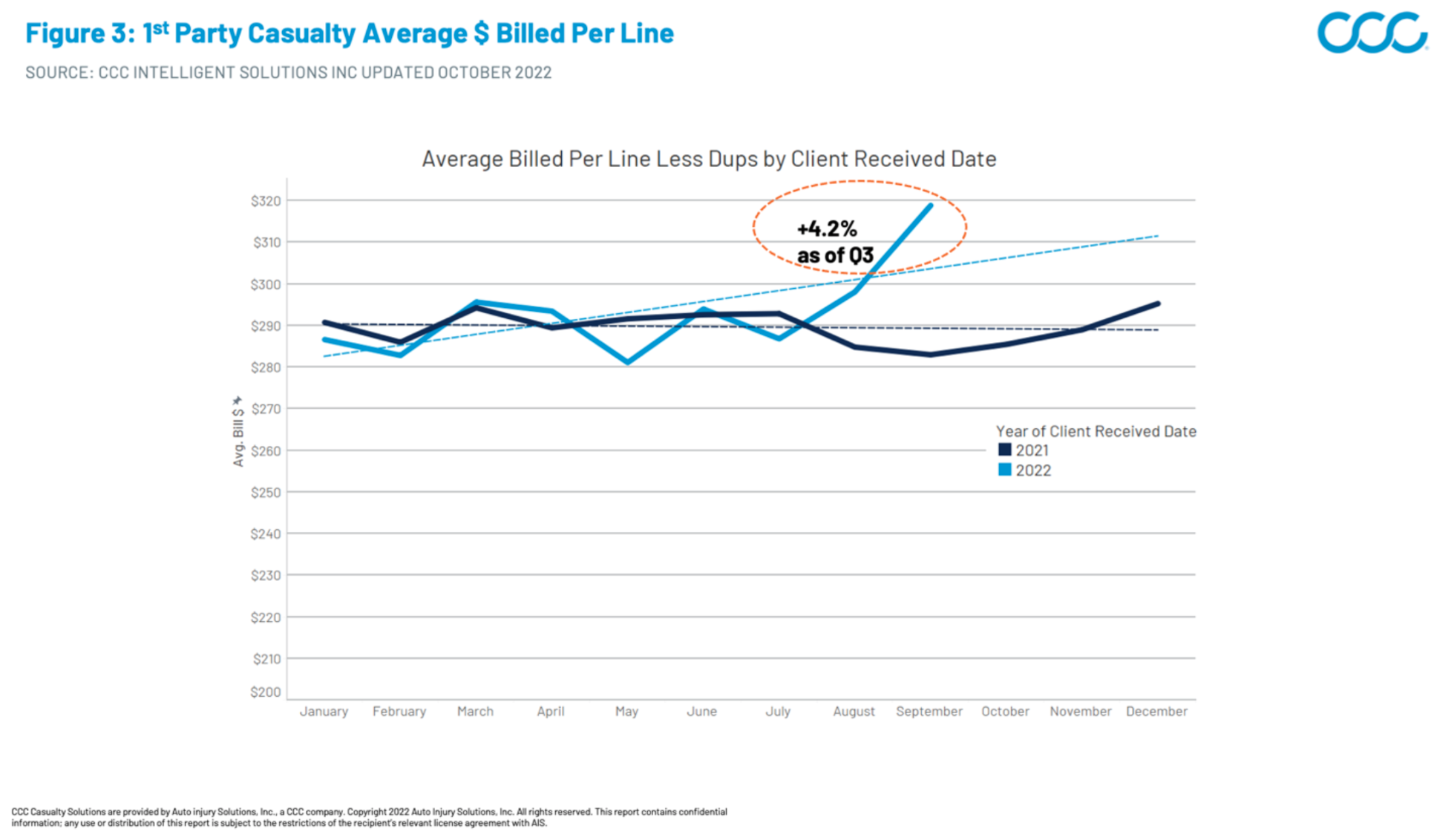
 |
The industry is leaning into climate change much more than in the past. That's partly because events such as Hurricane Ian dramatize the risks but also because insurers are seeing ways to help clients and, more broadly, society, while also seeing business opportunities. In this month's interview, Alex Wittenberg, a partner with Oliver Wyman with over 20 years of cross-industry experience, said: "I think there's going to be an opportunity for some new products, especially around things like voluntary carbon markets, which are entirely new and will require a new suite of products. If I buy $100 of carbon credits that are going to materialize in 10 years, they need to materialize in 10 years. There's a lot that can happen between then and now, so you have to think through, well, is there a guarantee or an insurance product that someone can offer?" Making progress is especially important in the insurance world, so much so that our focus this month is resilience and sustainability. It is an ever evolving topic, but we face the challenge of keeping up in order to help society and serve our customers. |
ITL:
I’m mostly struck by the overwhelming complexity of how insurers have to sort through issues related to resilience and complexity. How would you frame the issue?
Alex Wittenberg:
There's a lot of opportunity in the energy transition, but insurers don't want to become the R&D department of the insureds by paying losses on technology that only works under certain conditions or that doesn't scale.
It's becoming increasingly difficult even to insure what are considered successful technologies as the size and complexity of the projects increase. Even things like offshore wind and large-scale battery storage are experiencing significant losses. The transition from carbon-intensive to green may look logical on paper, but not if you're an insurer experiencing the loss ratio.
ESG [environmental, social and governance issues] can also present some complex issues when there is overlap between the S and E. For example, the essential energy project that is carbon-intensive and faces an issue with an indigenous population, or a carbon-intensive project that also provides electricity to an underdeveloped community. Insurers need to weigh actual technical and societal merits of the project against the reputational issues and the optics, which is very difficult to do.
ITL:
How do you then go about advising clients on how to think about underwriting first a specific risk and then assembling a portfolio of risks?
Wittenberg:
I don't think it helps anybody for insurers to simply exclude entire swaths of the energy industry, because, frankly, it’s going to be with us for a long time. Even the IEA [International Energy Agency] scenarios show gas usage growing through 2050 and oil consumption staying relatively flat [under the state policies scenario]. As demand for all forms of energy grows, someone is going to need to provide it.
Other parts of the portfolio will expand more rapidly, but carriers need to have a better understanding of the individual assets they are insuring and be able to tell the story about which subsectors will actually be growing. The energy companies can tell you how much of their current and future capital expenditures will go to renewables or alternative fuels or carbon capture, and insurers need to be able to tell a similar story about their current portfolios and the future trajectory.
ITL:
And everything has to happen while we accommodate huge increases in demand for energy and still keep everyone's lights on.
Wittenberg:
Energy security is interesting because it shines light on both sides of the equation. We need to keep our baseload power going, but green projects need to be accelerated, as well. A lot of things have to come into alignment, including technologies that aren't deployed at scale, keeping in mind that not all new technologies will work as anticipated.
There's a lot of new technology that carriers are going to be expected to underwrite. I talked to some of our banking colleagues at Oliver Wyman, who are rightly debating how these projects will be financed. I said, I think you need to figure out who's going to insure it, because the finance folks are unlikely to show up if it's uninsured.
A good example is ScotWind. Based on the blocks that have been auctioned off in Scotland, you're talking about at least $100 billion of construction of offshore wind capacity, and it could all come online in a fairly confined period. The insurance industry isn't necessarily set up to absorb $100 billion of offshore construction all at once. There's probably going to have to be some thinking around new ways to do it.
ITL:
And some of these issues get complicated by public perceptions. I mean, my dad was the chief spokesman for Westinghouse in the 1970s, so I grew up hearing about his struggles selling the idea of nuclear power.
Wittenberg:
Public reaction doesn't always necessarily lead to the best long-term response.
The other thing I would highlight from an insurance standpoint, something that Hurricane Ian highlighted, is that there will be tightening of availability of catastrophe [cat] insurance capacity in the marketplace over the next few years. It's already a challenge to get carriers to participate in the Florida insurance industry, and Ian was a significant loss, on a historical scale. Now layer in these newer projects, like a wind farm in the Atlantic or the Taiwanese Strait, that are susceptible to various cat perils and that require limits of a billion or a billion and a half dollars. You're talking about a significant cat limit, especially during construction, and in an operational setting that is not as well understood as, say, Gulf of Mexico offshore platforms.
ITL:
How quickly do you think insurers will adjust to the complexities of resilience and climate change?
Wittenberg:
There isn't much agreement on timeframe. There are carriers that believe they have until 2050. Other carriers believe they have to get this figured out in the next two to three years. So, the issue creates a lot of dislocation in insurance markets and a lot of choppiness, which in turn creates a lot of uncertainty for the insureds.
ITL:
Any final points you’d like to make?
Wittenberg:
I think there are some good things…
ITL:
I was hoping you’d say that.
Wittenberg:
I honestly believe that some of these complexities will normalize, but it's going to take time.
I think there's also going to be an opportunity for some new products, especially around things like voluntary carbon markets, which are entirely new and will require a new suite of products. If a company buys $100 of carbon credits, it is essential that they are real and that they are not reversed in the future. There's a lot that can happen between then and now, so you have to consider if there is a guarantee or an insurance product that can be created. Many of these new market mechanisms will require products that go beyond what is currently available in the insurance marketplace today.
There will also be modifications to encourage people to build back green after a catastrophe like Ian. Carriers are already making some accommodations in property policies, so an individual or firm that suffers a loss doesn’t have to rebuild with the same materials of the same quality but instead has the flexibility to make the property more resilient.
ITL:
I'll be watching closely to see how Florida rebuilds after Ian. I hope you're right that they can prepare better for the next storm, which is surely coming.
Thanks for the time and the insights.









































